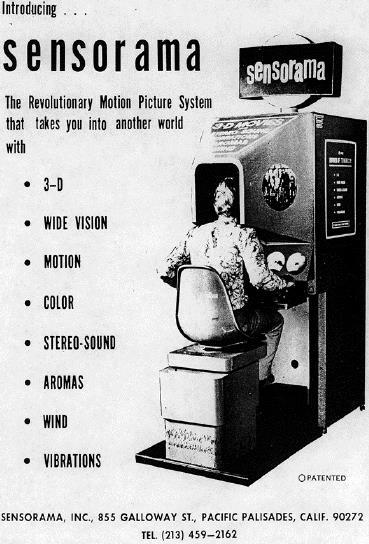We all know about the emergence of virtual reality in the space of gaming, and it is a complex and interesting experience that many have or want to indulge in. With the release of the Oculus Rift VR headset released in 2016, a never before seen technology shocked millions, and it seems to just keep getting better and better. My interest in this topic came with my little sister having been gifted the Oculus Quest 2 headset last Christmas, and it has been extremely addicting to play around with. I even let my 75 year old grandmother try it out and she was amazed how far technology has come for one to be immersed in some alternate reality.
By definition, virtual reality is “A computer-generated reality that projects the user into a 3D space. Using a stereoscopic headset that provides a completely immersive experience, the virtual reality (VR) system is operated by the user’s head and hand movements or a physical control unit, the latter commonly used with virtual reality games,” according to PCmag.
Although virtual reality as we know it might seem like a recent development, it is far from that. In fact, the first virtual reality technology was invented in 1957 by an cinematographer named Morton Heilig. He invented the Sensorama, an immersive viewing experience that consisted of users placing their faces into a box-like machine that stimulated all their senses including screens for sight, scent emitting devices, fans for touch, and more. In 1968, a Harvard Professor and computer scientist named Ivan Sutherland and his student Bob Sproull invented the first VR head-mounted display as we know it. The history behind VR as we know it today is quite intricate and complex, contrary to our thoughts of it being a new and modern development.

“The technology we see portrayed on our gaming platforms or as an integral part of shows like Black Mirror, were once just theoretical concepts dreamt up by sci-fi writers, and had to be made a reality by visionary technicians like Llinas and Sutherland, who dedicated their time and effort to making things happen,” says VR Lab Academy.
What really made a big breakthrough in the world of virtual reality was the development of the Oculus by Palmer Lucky. In 2010, Lucky began the development of his prototype of the Oculus Rift alongside John Carmack. This story is interesting because Palmer was just a 19 year old wearing a T-shirt and flip flops when he first pitched his prototype to a few nervous venture capitalists. Once they got past the seemingly risky presentation of it all, they were amazed by Lucky’s invention, and even more notable business figures hopped onto the VR train.
“They would not be the last investors moved to rapture by Luckey’s invention. This past March, Facebook founder Mark Zuckerberg stopped by the Oculus offices for a demonstration and, according to Fortune magazine, immediately pronounced the Rift “one of the coolest things I’ve ever seen.” Within weeks, Facebook bought the company for $2 billion. In the Rift, Zuckerberg saw something far grander than a mere entertainment device. “Imagine enjoying a court-side seat at a game, studying in a classroom of students and teachers all over the world or consulting with a doctor face-to-face—just by putting on goggles in your home,” he wrote at the time. Even better, for Facebook’s purposes, virtual reality could allow users to share entire immersive experiences, rather than just photos,” said Taylor Clark from Smithsonian Magazine in 2014.

With the official release of the Oculus Rift in 2016 came a new gaming revolution. High immersion games came flocking, and creators like gaming Youtuber Pewdiepie were the first to spread its popularity. According to Arm, immersive games are those that “transport the player into an alternative world where techniques are used to make them feel more like the character they’re playing.” These games use sensory stimulation to make this happen, which goes hand in hand with augmented reality (AR) and virtual reality (VR) simulations. Playing games like Among Us and more has become so much more engaging once made into the form of immersive VR.
Besides video games, VR has become extremely beneficial in different areas such as education and healthcare. In education, VR has the possibility to expose students to different areas of academic interests through immersive virtual experiences. It can also help students in areas such as math and science without having the typical classroom experience, and improve their cultural competence by taking virtual field trips and more. The benefits of VR in education are plentiful and valuable. In the world of healthcare, VR also brings along many benefits: “Virtual reality has immense potential to revolutionize healthcare. Its ability to provide realistic simulations, immersive experiences and cost-effective solutions make it invaluable in medical VR training, diagnosis, and treatment,” says Yvone Del Rio for MetaverseVRNow.

Virtual reality still has a long way to go, but it is certainly exciting to see its roots and how far this development in technology has come since then.